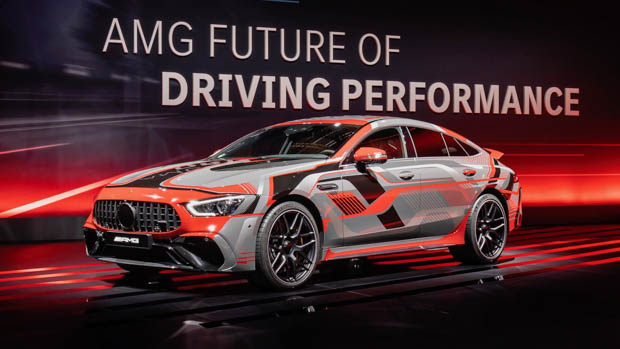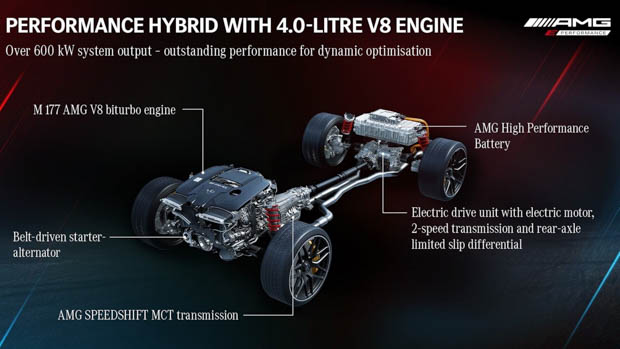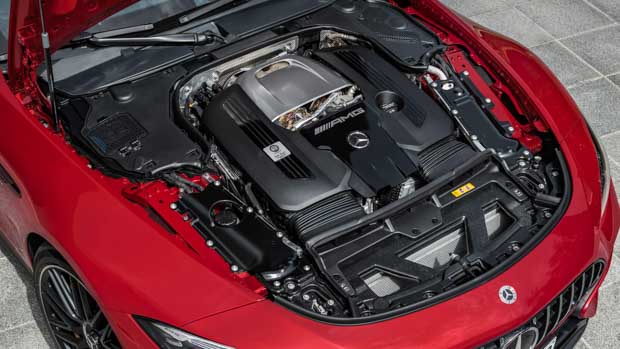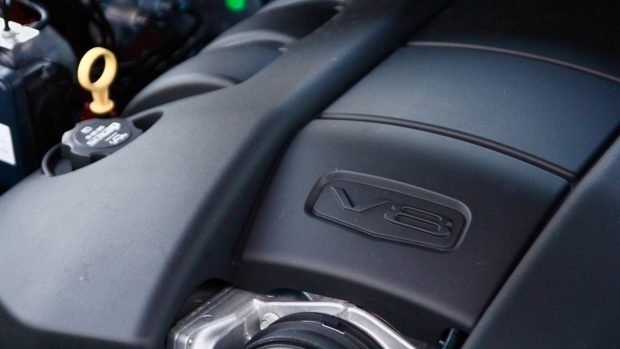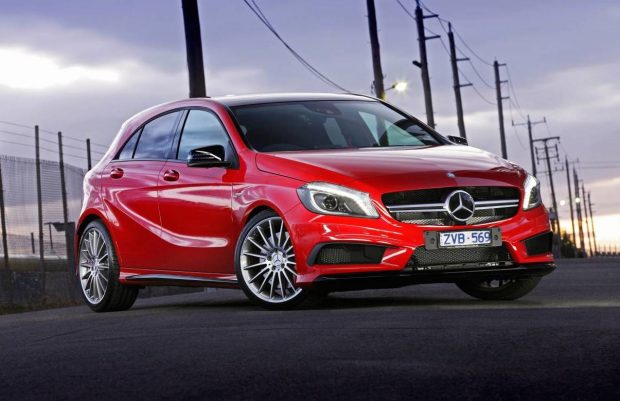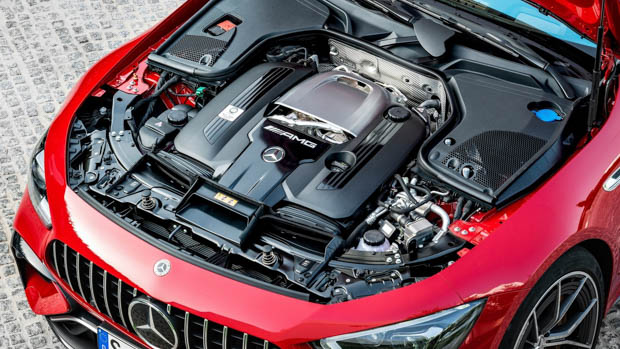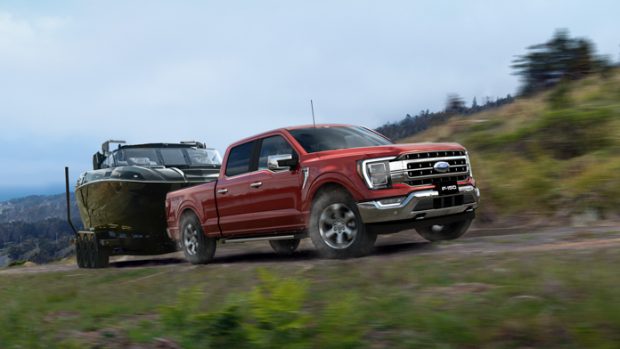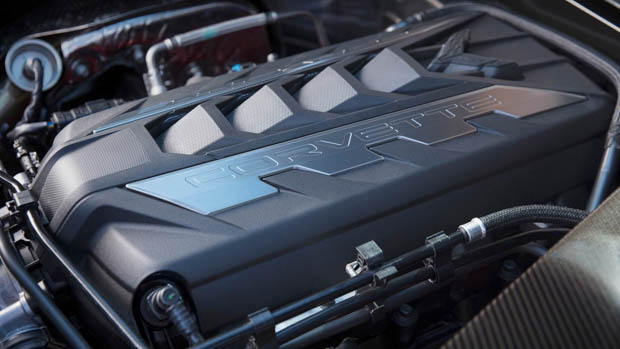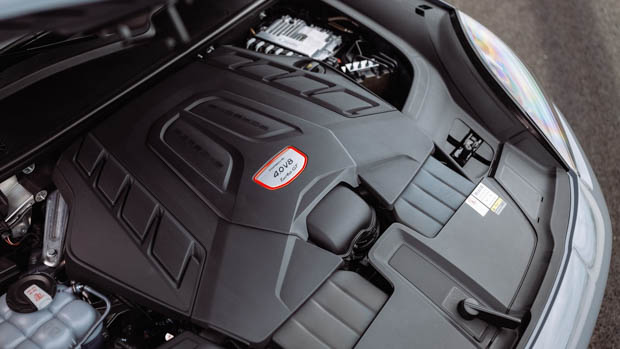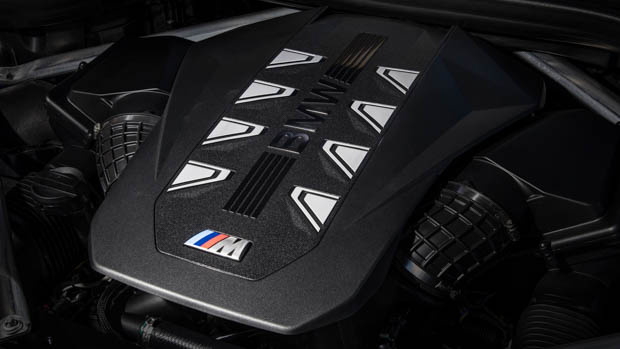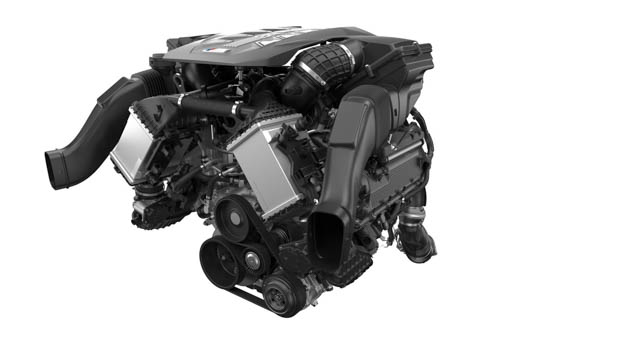-
Car Reviews
- All reviews
- Midsize SUVs
- Small cars
- Utes
- Small SUVs
- Large SUVs
- Large cars
- Sports SUVs
- Sports cars
- Vans
Latest reviews
- Car News
-
Car Comparisons
Latest comparisons
- Chasing Deals
As engines become smaller, more efficient and now mostly turbocharged, it begs the question: can the big displacement V8 engine be saved with electricity?
When it was announced that AMG would launch the mother of all AMG cars – the super-long named AMG GT 63 S E Performance Four Door – I went weak at the knees at the thought of such a powerful bruiser on our roads.
The best part? The big sedan would be powered by both electricity and classic AMG V8 grunt and further aided by twin turbochargers. But how can that be the case when large displacement engines are being killed off left, right and centre?
AMG might just have the answer, but even though the next AMG C63 will be powered by a turbocharged petrol four-cylinder engine, the brand might just hold on to what made it so popular in the first place.
It might just need a bit of a helping hand from electricity…
If we take the current Mercedes-Benz 4.0-litre twin-turbocharged V8 engine as an example, it is installed with cylinder deactivation in some models such as the E63 but not on the outgoing C63.
To quickly explain in the most simple way how cylinder deactivation works for a V8 engine, half of the cylinders are shut down by closing the intake and exhaust valves using a “zero stroke camshaft” that turns off the combustion process for those four cylinders and slightly increases the throttle opening for the remaining four cylinders that are still firing to compensate for the friction losses. A pretty amazing piece of automotive engineering.
For the Mercedes-AMG E63 in a twin-scroll application (the C63, on the other hand, is boosted by two single-scroll turbochargers), cylinders 2, 3, 5 and 8 are turned off under low load situations and at low rpms and are only deactivated in economy and comfort modes.
But the interesting part about Mercedes-Benz’s M177 4.0-litre V8 engine is that it is fundamentally two, four-cylinder ‘M133’ first-gen A45 engines joined by a common crankshaft. So, when four cylinders are turned off, you are basically left with a turbocharged four-cylinder engine.
Although the big M177 4.0-litre bruiser is only able to deactivate its cylinders during low rpm’s, imagine what could be done to make the engine run on half its cylinders right through the rev range, yet when you press the ‘V8 mode’ button on the steering wheel, the other half fires to life for use during overtakes or performance runs. It is something manufacturers could be considering.
The technology for cylinder deactivation or variable displacement has been around for a long time, and more locally, was used in Holden V8 engines as part of the AFM (Active Fuel Management) program. General Motors was able to shut down half of the V8’s cylinders but only under light load situations.
It seems that little work has been done to make a V8 engine work harder with half its cylinders because, in the past, there hasn’t really been the need to make V8 engines run like that.
The main reasons why such a smart V8 engine does not exist is likely because of weight and efficiency, as well as cost of engineering such technologies.
A four cylinder engine on its own is much lighter and can be made to be very efficient. In the case of Mercedes-Benz, a lot of work has been done on the M139 turbo four – the world’s most powerful four-cylinder engine – to make it as powerful and efficient as physically possible.
The question remains: why would manufacturers develop a complex half/half V8 engine when they can just scrap half the cylinders completely?
It’s happening, but not on a broad scale. Mercedes-Benz is one company out of a few that is still using a V8 engine – but this time with electricity giving it a kick.
In the AMG GT 63 S E Performance, the 4.0-litre M177 V8 engine is mated to a 150kW rear-mounted electric motor to produce 620kW of power and 1400Nm of torque. This electric motor has been installed within the rear subframe to allow room for the driveshafts and small battery pack.
Mercedes-Benz has confirmed that this hybrid setup will continue into the future and will sit alongside the C63’s hybrid turbo four-pot that Mercedes claims will make over 480kW of power – significantly higher outputs than the outgoing 380kW/700Nm C63 S.
But Mercedes-Benz is not the only company going to develop a hybrid V8. Ford is reportedly developing its 5.0-litre V8 ‘Coyote’ engine with a hybrid system for the next generation of Mustang that is due sometime in 2023. This hybrid setup could also be installed in the current Ford F-150 as an alternative to its fully electric ‘Lightning’ model.
Although not officially confirmed, an employee’s Linkedin page was leaked late last year that explained that they had worked on such a hybrid Mustang project for MY23. Let’s wait and see what happens!
It might seem simple, but adding electrification into the mix is no easy feat. Mercedes-Benz has proved that it takes years of design and engineering development to make such a thing work, and work well, too.
An electric motor can take stress and strain off the main internal combustion engine and even allow the car to run in an electric-only mode in a series-parallel way, like the system used in the Toyota Camry hybrid, for example.
For the Mercedes AMG GT S E Performance Four Door, the electric motor will work under low-load conditions and alone makes 150kW of power, and when paired with its 560-cell battery pack, can drive the car exclusively. But when it comes time to really put the foot down on the throttle, the mighty V8 will surge into existence and rocket you down the road.
Combustion engines can also run solely as a generator for the electric motors and to charge the onboard battery pack, however this is unlikely to be the case for the systems used in the future Mustang or Mercedes-AMG products.
The Lexus LS600h luxury sedan had a 5.0-litre V8 hybrid engine drivetrain that made combined outputs of 327KW/520Nm and was available in Asia, North America, Europe and parts of Oceania including Australia.
This powertrain was available until 2013 here in Australia, but has continued its existence in the current Toyota Century that has been in production since 2018.
Porsche has also used a hybrid V8 in its Cayenne and Panamera models. The Cayenne got a 4.0-litre twin-turbocharged V8 engine with a hybrid system attached in 2019 for the Turbo S E-hybrid variant making up to 515kW/870Nm.
The Panamera gained a hybrid V8 engine in 2017 also with a combined output of 515KW/870Nm, making it one of the most powerful Porsche powertrains ever built.
Chevrolet is reportedly going to add a hybrid system to its current C8 Corvette, with an electric motor likely to help share the load along with the 6.2-litre V8 engine and therefore make it more efficient and hopefully better for the environment.
BMW has committed to keeping the V8 engine, along with straight-six engines, until 2030, according to BMW Blog. The website also reported that BMW has found technical solutions to keeping straight six and V8 engines in their portfolio for quite some time.
BMW has already unveiled its XM SUV that utilises the 4.4-litre twin-turbo V8 engine paired with a plug-in hybrid setup to produce a considerable 480kW of power. BMW says that a 560kW version of the XM is due later in the timeline.
The 4.4-litre V8 used is the new S68 unit that also mounts the turbochargers within the V of the engine – just like the AMG 4.0-litre twin-turbo unit, but has a mild-hybrid 48-volt system attached to it.
This engine by BMW will be used to power the new Range Rover and Range Rover Sport models, as well as the new XM BMW.
Latest news
About Chasing cars
Chasing Cars reviews are 100% independent.
Because we are powered by Budget Direct Insurance, we don’t receive advertising or sales revenue from car manufacturers.
We’re truly independent – giving you Australia’s best car reviews.
